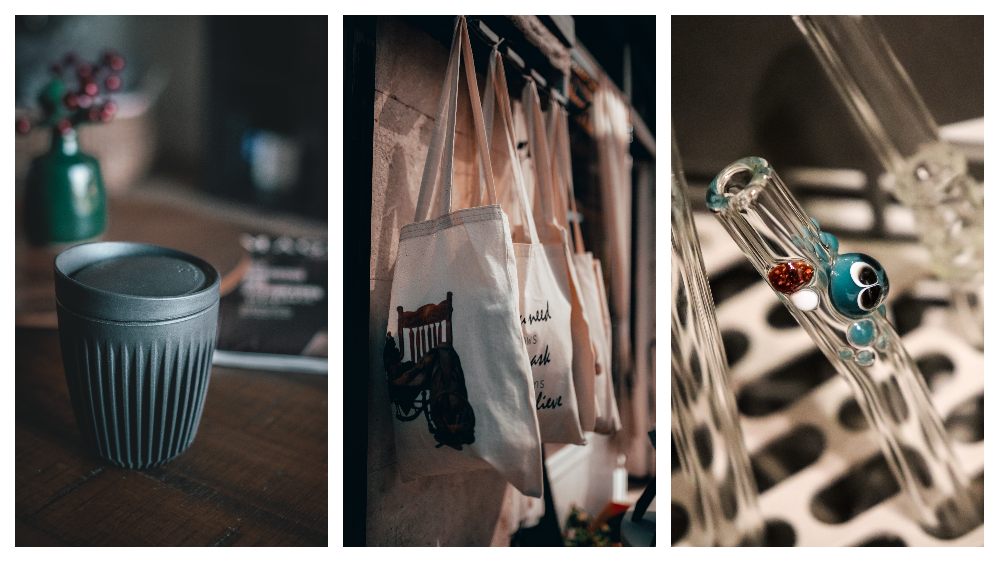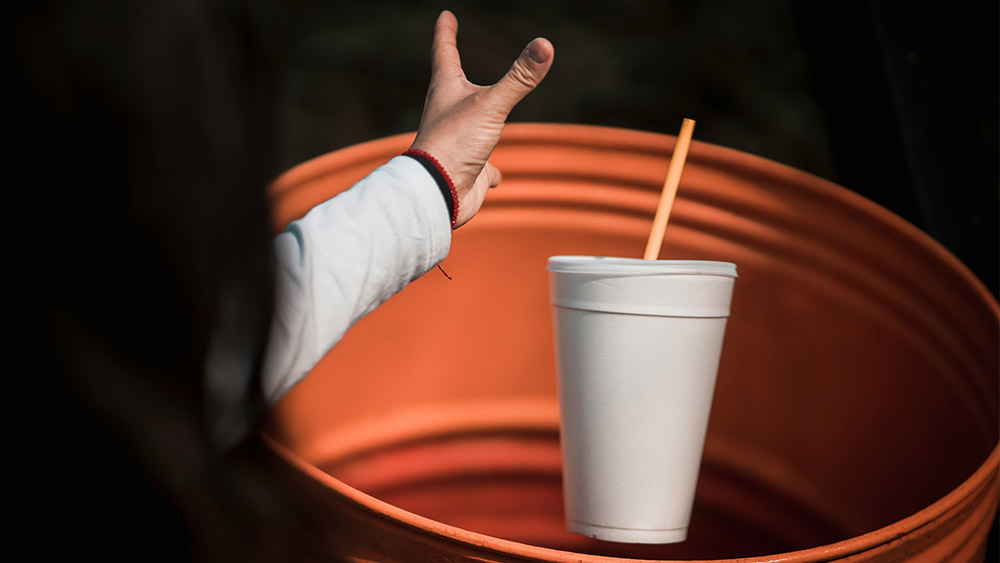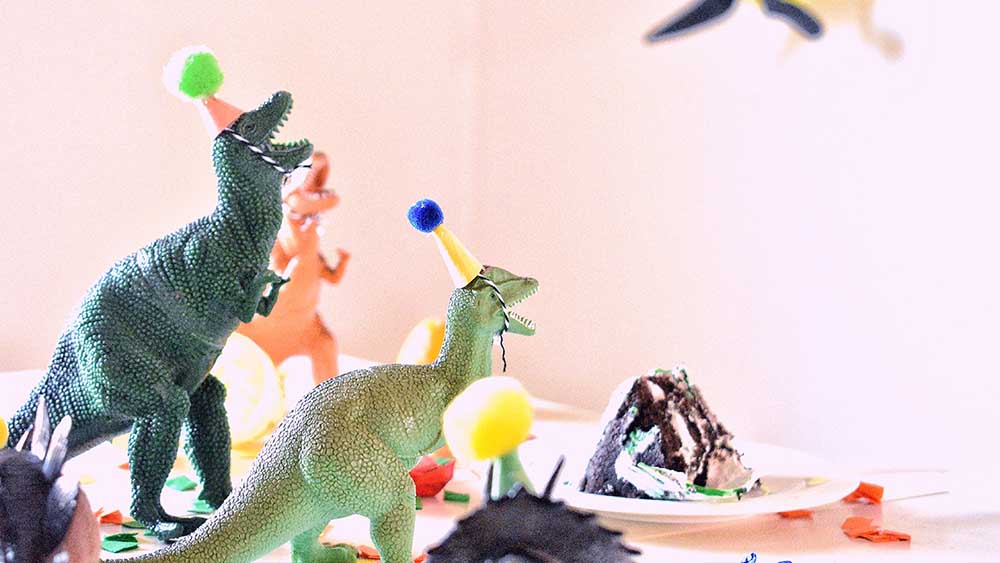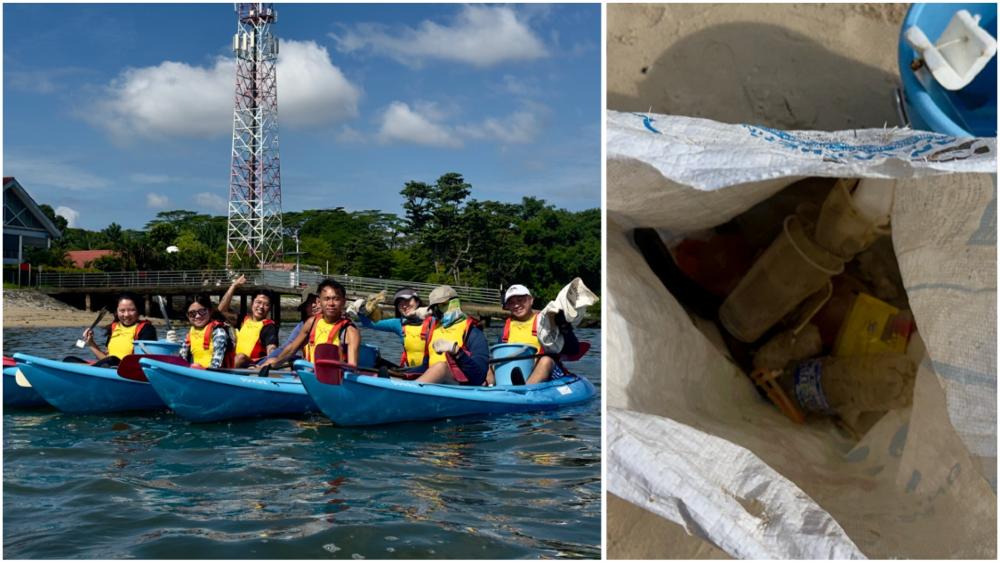Reduce Single-Use Plastics: 8 Reusable Items Every Home Should Have
Single-use plastics (and indeed any single-use products for that matter) are things designed to be used only once, and to be immediately disposed of thereafter. Plastic straws, plastic bags and bottles, and other plastic containers, are all examples of typical daily single-use plastics that simply end up in landfill because they can't be recycled.
Reducing single-use plastics is a constant, ongoing battle, but there are small steps we can take to help reduce our dependence on them, protecting the environment at the same time and hopefully reduce the increasing amount of microplastics we’re breathing in each day.
Since this year's World Environment Day (5 June) will focus on beating plastic pollution, there's no better time than to reevaluate how much plastic we use in our daily lives. Try these practical ways to phase out single-use plastics from your home:
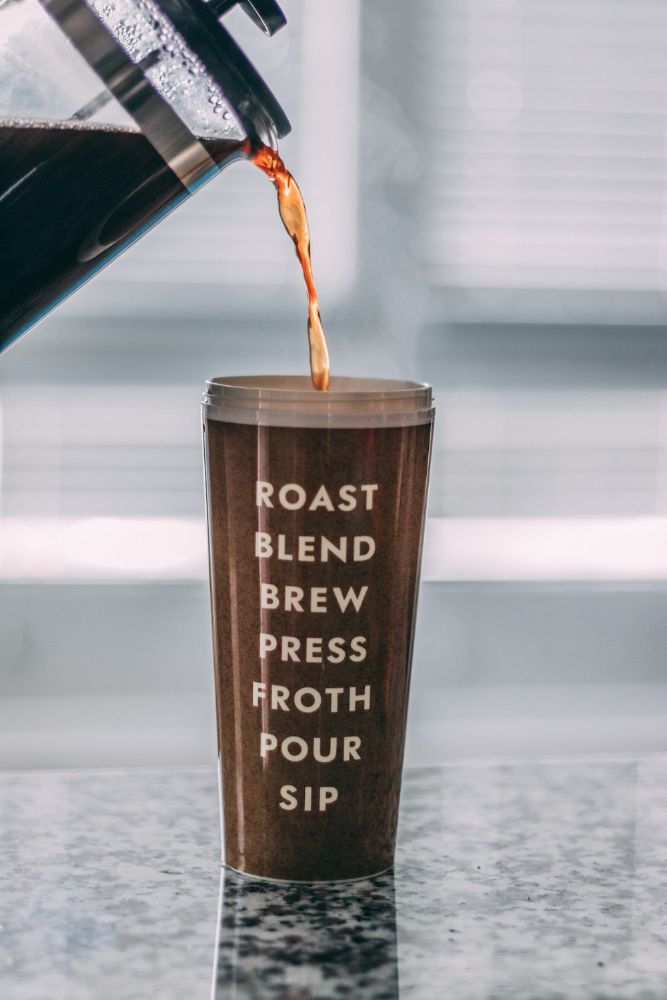
IMAGE: PEXELS
1. Takeaway coffee cup
On-the-go coffee cups made of recycled paper are still single-use items that end up as landfill (let's not forget that the lids are often made of plastic), so stop using these. Instead, switch to a good quality, reusable tumbler that’s good for both hot or cold drinks. Plus, some coffee shops even offer a tiny discount for bringing in your own cup!
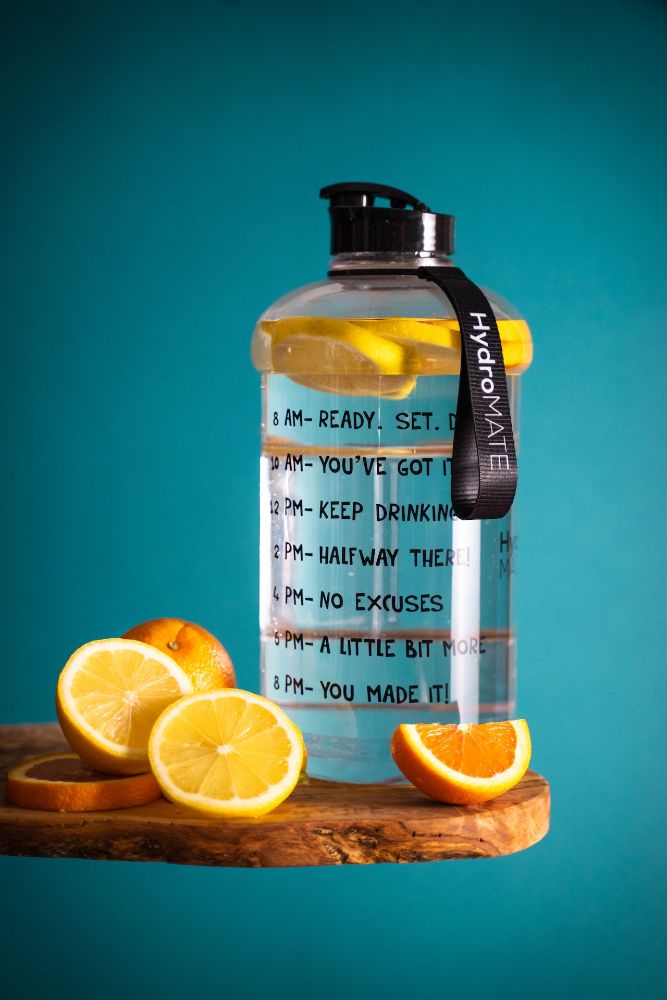
IMAGE: PEXELS
2. Reusable water bottles
Likewise, invest in a water bottle you love showing off because with these soaring temperatures, you should be chugging water regularly, and it’s not safe (or affordable) to keep drinking out of disposable plastic bottles because of potentially dangerous chemicals leaching into the water. Also, did you know that while single-use plastic bottles are recyclable, only about 21% of recycled bottles end up actually being recycled?
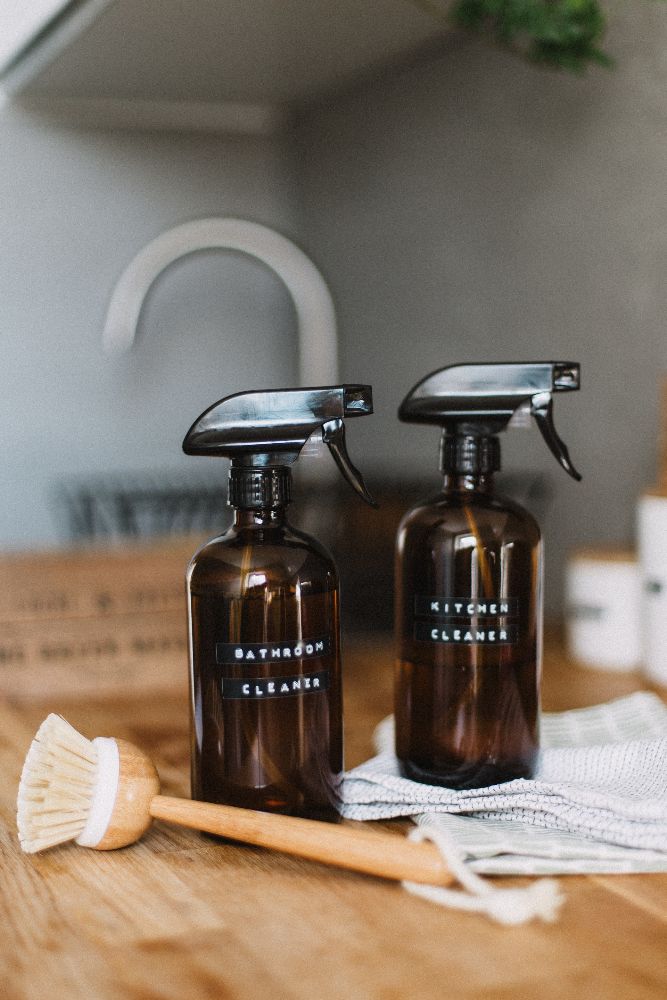
IMAGE: UNSPLASH
3. Reusable glass spray bottles
We all probably have several spray bottles in our home cleaning cabinet, so making a simple switch from plastic to glass shouldn’t be difficult. You might not be able to get different colour glass bottles like with plastic options, but you can easily fix that by labelling the bottles to know what cleaning concentrate they contain.
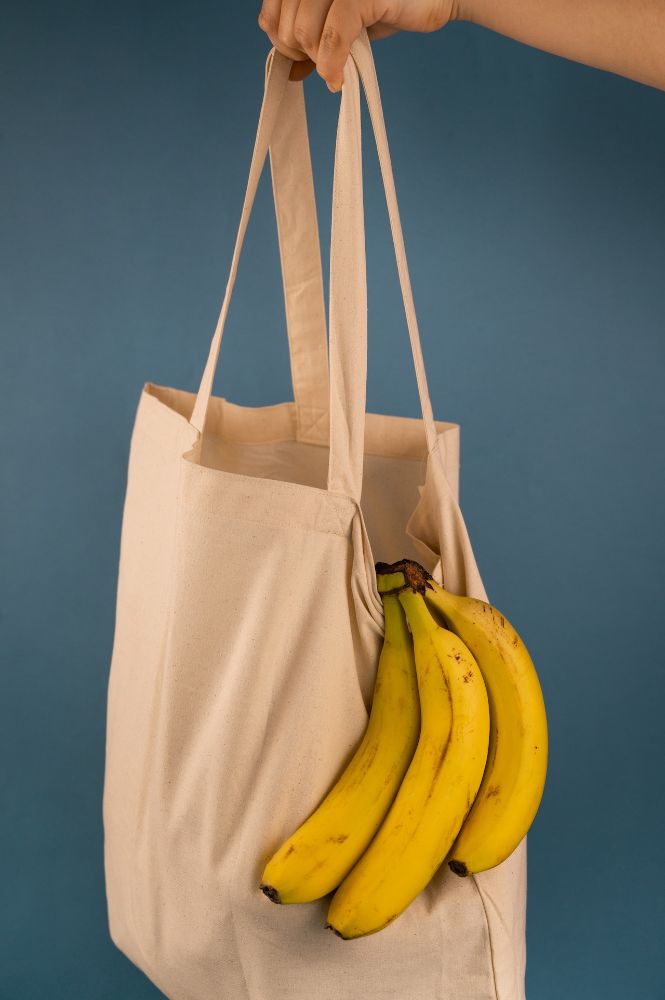
IMAGE: PEXELS
4. Reusable grocery and snack bags
If your neighbourhood grocery store hasn’t already started charging you for their plastic bags, they will soon. Switching to reusable (tote) bags is a pretty easy swap to help cut down on single-use plastic bags. Note: NTUC gives you $0.80 off your grocery bill for bringing in your own bag.
And while you’re doing groceries, pick up a box of reusable storage bags for storing snacks or sandwiches, instead of using disposable sandwich bags. These food-safe bags are usually made with strong, flexible, food-grade silicone, so they’re perfect for carrying your lunch sandwich, and even for protecting foods from freezer burn in the freezer (look for their cousin, the reusable freezer bag).
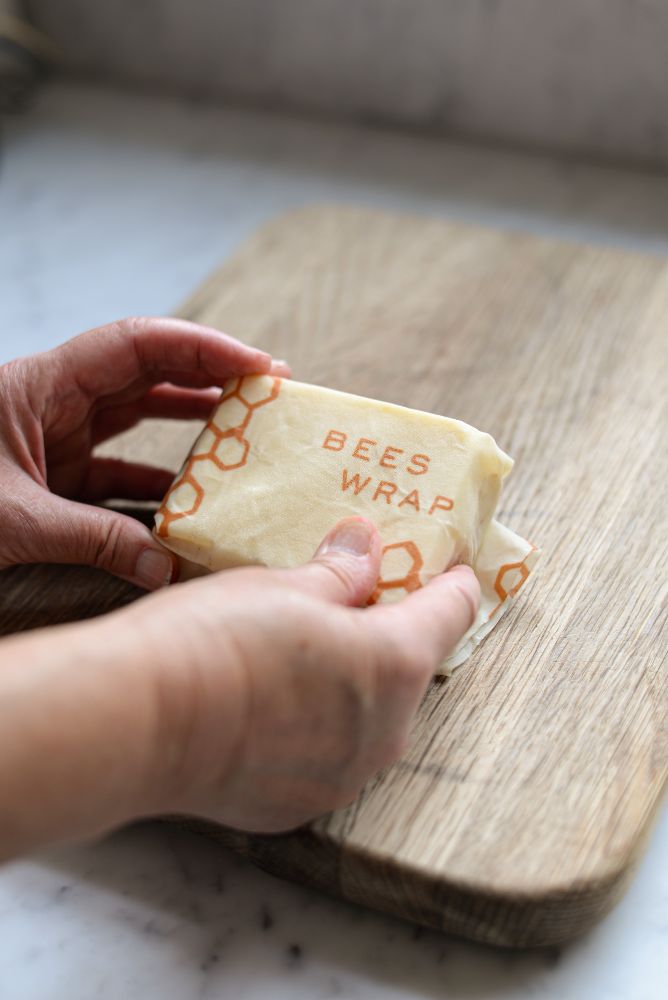
IMAGE: UNSPLASH
5. Beeswax food wrap
Cling film is really great for so many things, but at the end of the day, it’s hardly reusable unfortunately. Instead of covering your food with plastic wrap, consider switching to beeswax food wraps instead. Although it might feel plastic-y, beeswax wraps are actually made of a fabric (most often cotton), which has been coated with a layer of food-grade beeswax, rosin (a form of plant resin), and coconut or jojoba oils, resulting in a flexible but hardy material. Use the wrap to refrigerate leftover foods, or even as a temporary container lid or sandwich carrier. Bonus: If properly cleaned and maintained, one beeswax food wrap can easily last you a whole year (think 150 to 250 uses). And when it’s time to throw out your beeswax food wrap, you can throw it in the compost instead of the regular dustbin! Win-win!
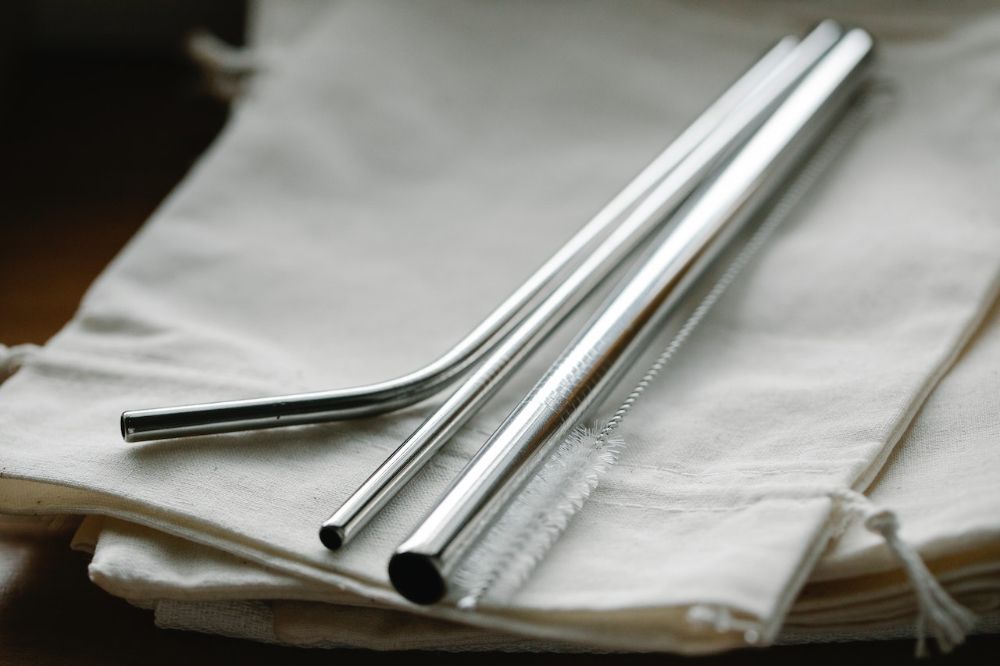 IMAGE: PEXELS
IMAGE: PEXELS
6. Reusable straws
Again, there’s absolutely no reason for you to still be using plastic straws. And unlike paper straws which break too easily and too soon, there are even wide-tubed steel straws that are perfect for sucking up those chewy boba pearls. Plus they are more hygienic since you’ll be washing them yourself at home after each use.
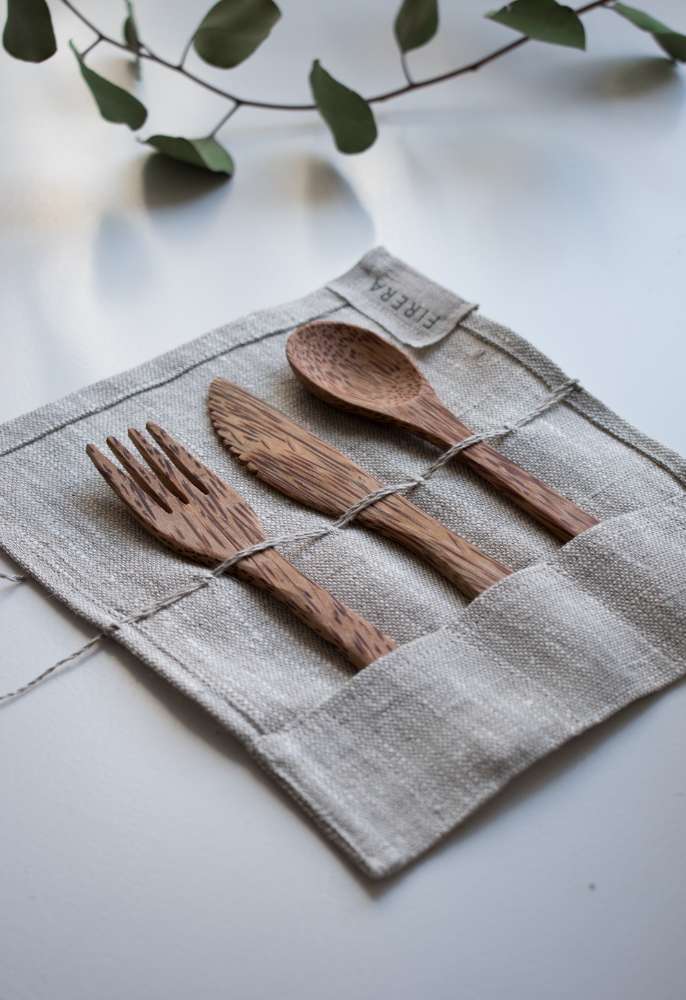
IMAGE: UNSPLASH
7. Reusable cutlery
Speaking of being more hygienic, use your own reusable wooden or bamboo (think compostable) cutlery the next time you eat out at a hawker centre or tapau back. Most cutlery sets now come in their own handy carry box, so they’re easy to take anywhere with you without getting messy.
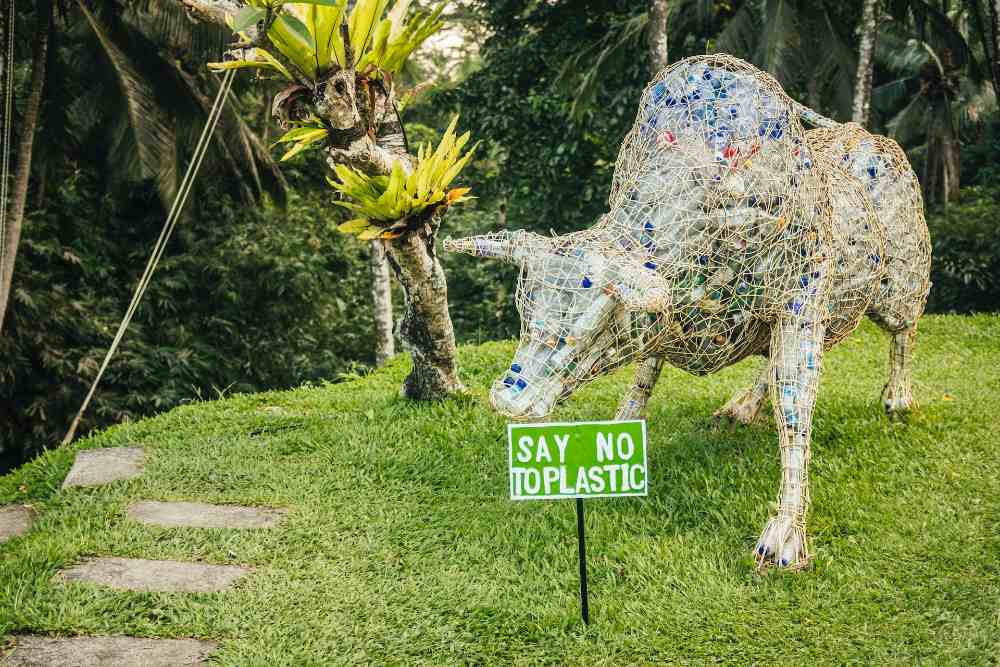 IMAGE: UNSPLASH
IMAGE: UNSPLASH
8. Stop buying new plastic household products
Start at the source. Now that you’re more aware of the waste that comes with single-use plastics, take a moment to look for a plastic-free, reusable, recyclable or biodegradable option the next time you need to buy a new household product. Increasingly, most shops are offering wood, organic cotton, bamboo, glass, and even aluminium alternatives, so hopefully you can find a way to bring less and less disposable plastic into your house to begin with.
For the latest updates on Wonderwall.sg, be sure to follow us on TikTok, Telegram, Instagram, and Facebook. If you have a story idea for us, email us at [email protected].







